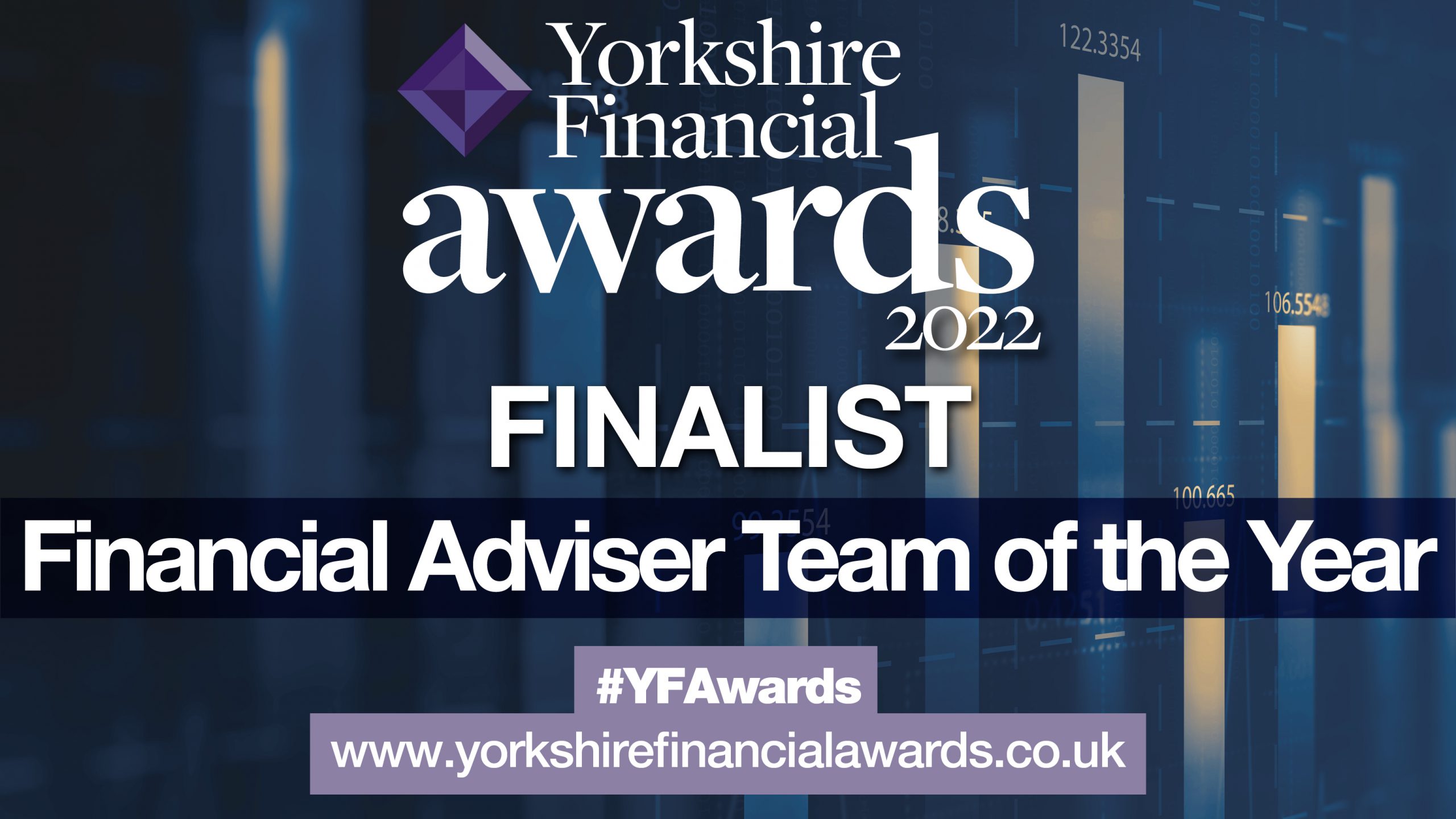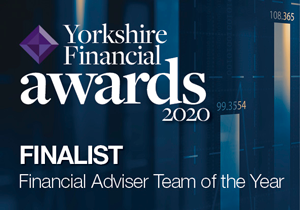Personal pensions and stakeholder pensions are individual pension plans that you set up yourself. People often think pensions & retirement planning can be confusing. Some can be, however personal pensions are little more than a tax efficient savings vehicles to help people save for when they retire.
People who typically have personal and stakeholder pensions:
In many cases employers set up Group Personal Pensions to pay into for their staff. Group Personal Pensions often benefit from lower charges than their individual peers. Once people leave employment they are flexible and become effective personal pensions. Since October 2012 UK employers have to automatically enrol their staff into a workplace pension if they meet certain standards. The largest employers had to comply straight away, with smaller employers being phased in up until October 2016. For more information please refer to our page on auto enrolment.
How do pensions work?
Personal pensions are tax efficient savings vehicles that have a number of rules attached to them.
- Access – 55 years old is typically the earliest you can access benefits
- Tax Relief – Pension payments attract tax relief at source. Every time you save some money into a pension you will receive 20% tax relief on your payment. This means that when you pay £80 out of your bank, £100 is saved into your pension. An effective 25% return on your saving on day one! Higher and additional rate tax payers can claim the additional tax relief through their self assessment.
A person could save as much as they like into any number or type of registered pension schemes. They will get tax relief on payments of up to 100% of their earnings (salary and other earned income) each year, as long as they made the payment before age 75. If they earn less than £3,600 they’ll still get tax relief on payments up to that amount. As long as they’re paying into a personal pension or any other scheme that uses the relief at source.
Nonetheless there is a limit to the amount of tax relief available. This is subject to an ‘annual allowance‘. The annual allowance for the tax year 2014 to 15 is £40,000.
Any amount you save over this amount you will pay tax on it.
- Tax Efficient Growth – Pension funds grow mainly tax-free, that can assist to increase the sum you have in your pot. (Keep in mind that the amount in your fund can go down as well as up. You may not get back your original investment.)
- Tax-free cash – Once you take your pension you may usually take up to 25% of it as a tax-free lump sum (subject to your pension scheme rules). The rest of your pot will be paid as a taxable income.
Stakeholder Pension Rules
Stakeholder pensions are a form of personal pension, however to be called stakeholder pension they have to meet minimum standards set by Government.
- Annual management charges are capped at 1.5% of the fund value for the first 10 years, and then at 1% thereafter.
- You may transfer your pension, and alter your payments without being charged
- Adhere to certain security practices
- Must accept £20 per month minimum payment.
GET IN TOUCH
CONTACT DETAILS
HEAD OFFICE
The Pension Planner
Courtwood House
Silver Street Head
Sheffield
S1 2DD




 Production
Production